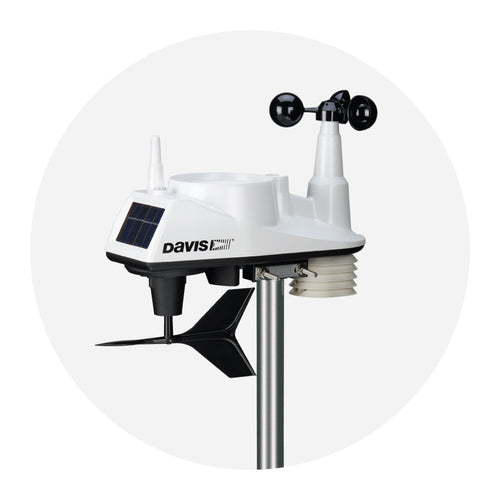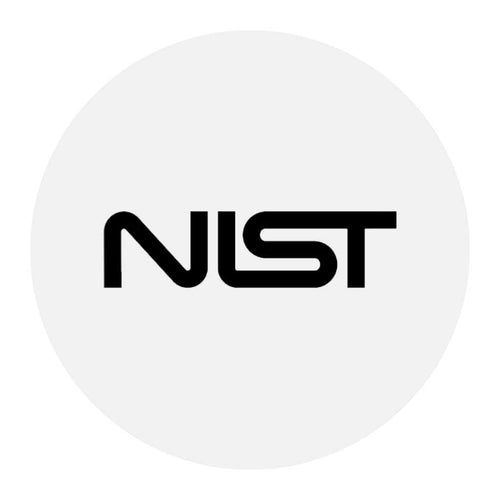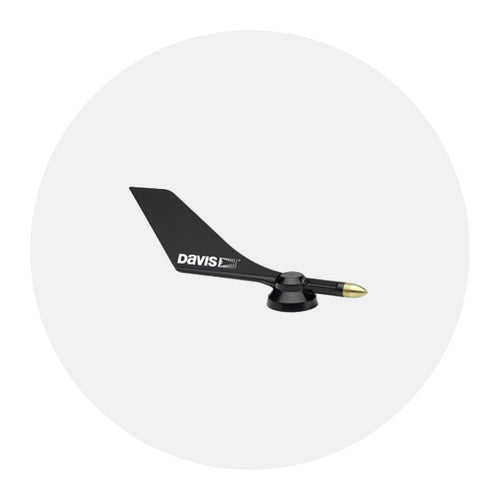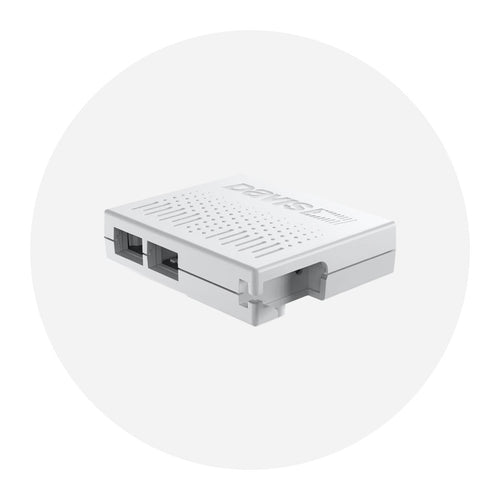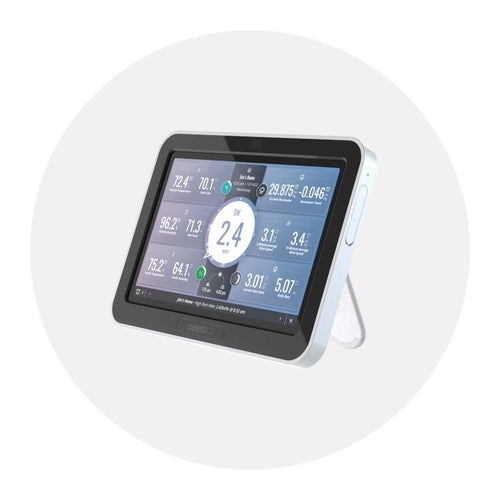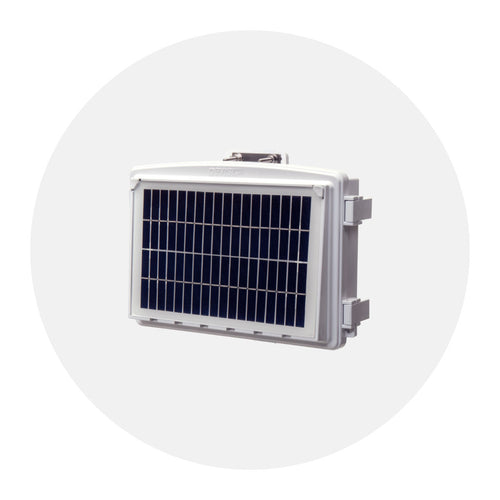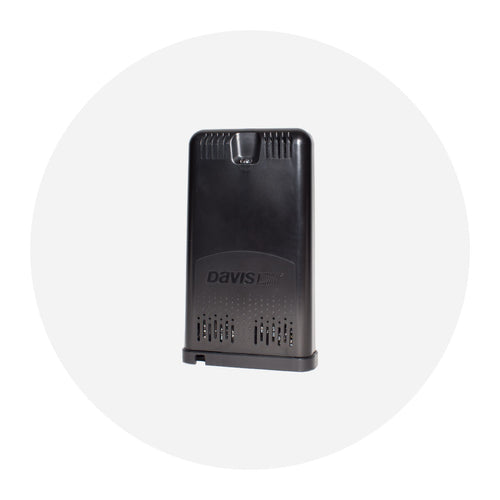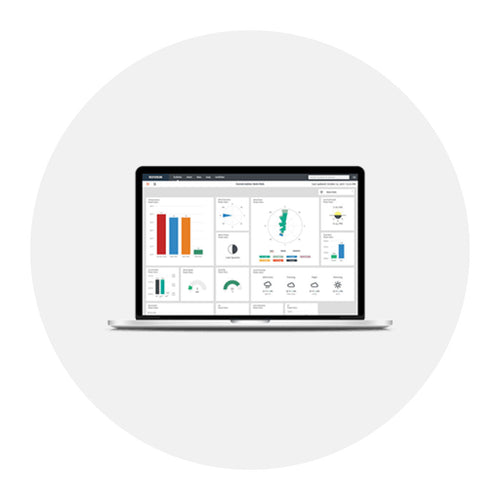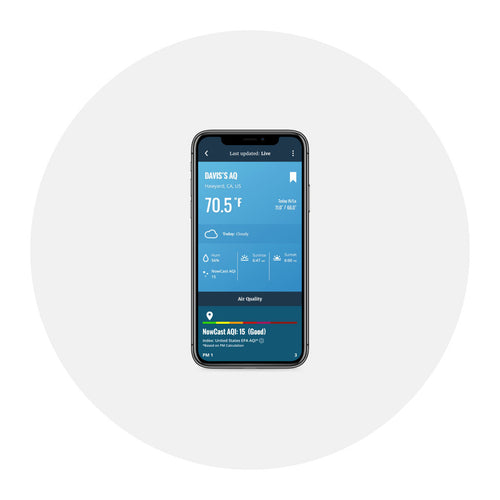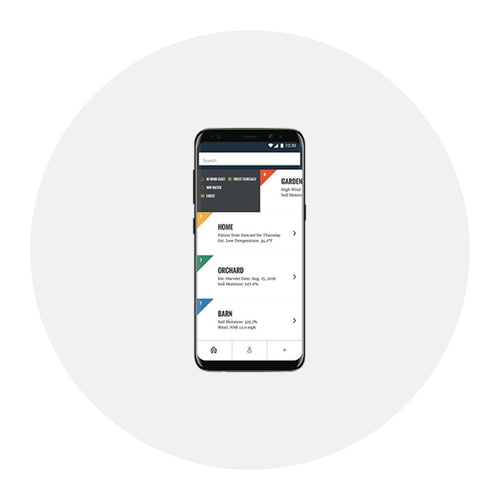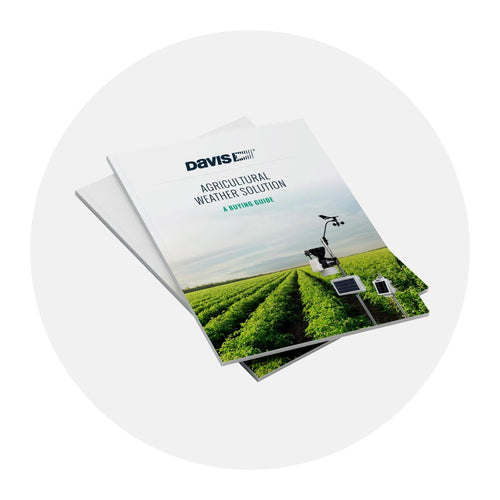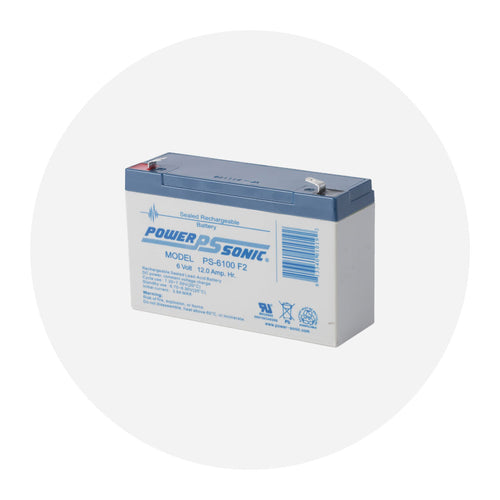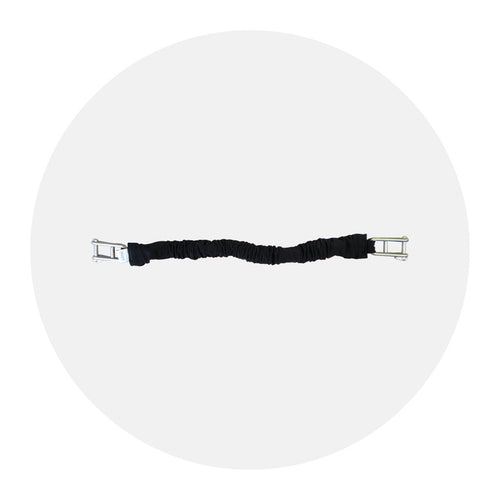
Irrigating with EnviroMonitor & Mobilize Helps Growers Maximize Water Resource Management
Smart irrigation practices are more important than ever.
Growers who irrigate their crops don't just see increased yields and higher quality products; they can also extend their growing season, grow high-value specialty crops that might otherwise not be feasible, or manage fertilizer, pest control, and seed planting so that they preserve as many resources as possible.
As we face changes in our climate and increases in our population, the global demand for agricultural use water is forecasted to increase at least another 20% by 2050. Water is no longer a resource that can be taken lightly, overused, or wasted, and modern growers know this from both personal ethics and financial pressures. If a farmer irrigates crops, they must know exactly when in the crop’s growth cycle to start and stop irrigation, how much water to apply, and when to apply it.
Optimizing irrigation with EnviroMonitor® & Mobilize
EnviroMonitor and the Mobilize app revolutionize irrigation practices by providing farmers with a comprehensive data inflow system. With real-time weather data, precision monitoring through sensor integration, customizable reports, risk assessment capabilities, and unparalleled ease of use, we empower farmers to make informed decisions and optimize their irrigation strategies.

How can EnviroMonitor help farmers manage water better?
Timely access to accurate weather data is crucial for effective irrigation management. EnviroMonitor provides farmers with real-time weather updates, including temperature, humidity, precipitation, and wind speed. This data allows farmers to assess environmental conditions and adjust their irrigation schedules accordingly. By aligning irrigation practices with actual weather patterns, farmers can optimize water usage, conserve resources, and enhance crop health.
By leveraging EnviroMonitor, farmers can enhance crop health, conserve water resources, and ultimately improve the overall efficiency and sustainability of their agricultural operations.
EnviroMonitor is compatible with a diverse selection of in-field sensors from Davis Instruments and other manufacturers. These sensors can be strategically installed to monitor key parameters such as soil moisture, flow rates, leaf wetness, and CO2 levels. By integrating these sensors into the system, farmers gain comprehensive insights into their irrigation needs.

Soil moisture probes provide valuable information about the water content in the soil, enabling farmers to determine when and how much to irrigate. Flow meters help track water usage, ensuring efficient water management and monitoring runoff. Leaf wetness sensors aid in disease prevention by signaling when conditions are favorable for pathogen growth. CO2 level sensors contribute to assessing plant health and optimizing irrigation strategies.
The Mobilize app generates customizable reports based on data collected from weather stations and soil moisture probes. These reports provide farmers with detailed irrigation and soil moisture information specific to their fields. By analyzing these reports, farmers gain valuable insights into their irrigation practices, enabling them to make data-driven decisions and optimize water usage.

Additionally, EnviroMonitor helps farmers identify and mitigate weather-related risks. The system allows farmers to monitor various weather factors, including frost, wind, drought, flood, high humidity, ice, rain, heat, and pests. By staying informed about potential risks, farmers can implement preventive measures, adjust irrigation schedules, and protect their crops from adverse weather conditions.
Case study: Morris Family Farms
Father-son team Matt and Richard Morris operate a 1,300-acre corn, rice, and soybean farm in Arkansas. Back in 2019, they made the jump from relying on traditional forecasts and resources from their local co-op to building their own on-site monitoring network using EnviroMonitor.
“It has been such a game-changer,” Matt says. “Especially how we’d been irrigating. Before, we irrigated on a two-day rotation. We’d turn on the system, let it run two days, then move to the next field. Now that I have the sensors and I am monitoring them all day, I can see how the water is moving across and how it moves down into the soil. We were totally, totally wrong – wasteful! Now I know exactly how much water I have in my crop. (I am actually even going to store water in the ground!)

"Before we would maybe get one inch or more rain, and I would have said, ‘Well, I can shut everything down.’ But [with EnviroMonitor] when that happened, I could see the rain just kept the soil from drying. I watched the soil moisture, and instead of climbing, it just went straight. It did not add to the soil moisture. I wouldn’t have known any of this! ...Taking advantage of technology like EnviroMonitor matters. It makes such a huge difference not just for now but down the line.”
You can learn more about Morris Family Farm's transformation with EnviroMonitor here.
Building your own EnviroMonitor system
The best way to scale EnviroMonitor to your farm is to work with a Davis agriculture specialist who can align specific hardware to your challenges, needs, budgets, and the unique quirks of your operation. If you're looking to understand the general components of a system however, here's a brief crash course on how EnviroMonitor works:
It all starts with a Vantage Pro2 GroWeather station, which reports data from your specific field, representing its own microclimate that may differ greatly from nearby locations. The station reports two data points that are especially key to irrigation decisions: rainfall and Evapotranspiration (ET). Understanding how these parameters affect irrigation decisions is crucial.

Next come sensors installed in EnviroMonitor nodes. Real-time data from soil moisture, leaf wetness, soil salinity, pressure, flow meters and depth sensors, as well as data from the GroWeather, relays automatically to an EnviroMonitor Gateway. You can choose either IP Gateway that utilizes Wi-Fi/Ethernet to upload data to the WeatherLink Cloud or the cellular Gateway.
EnviroMonitor is an open sensor platform and each node can support up to four sensors from a growing list of hundreds of Davis and industry-leading third-party sensors from the manufacturers you know and trust. See all of the sensor options here.

Growers now have their data at their fingertips with the WeatherLink and Mobilize apps. In the Mobilize app, growers input their specific crops and planting dates. The app then takes the data from the sensors and presents it to the grower and team members in the form of irrigation and crop reports. Growers get easy access to the data in color-coded graphs that show soil water content by zone (saturation, good, stress, wilt) and by “irrigation on” and rainfall.
If you're a farmer hoping to conquer today's year-to-year water management challenges, it's time to find out what EnviroMonitor can do for you!
In the face of escalating environmental risks, AEM is the essential source for insights on weather, climate, lightning, floods, wildfires, water management, and more.
Learn more about AEM and all of our solutions here.


